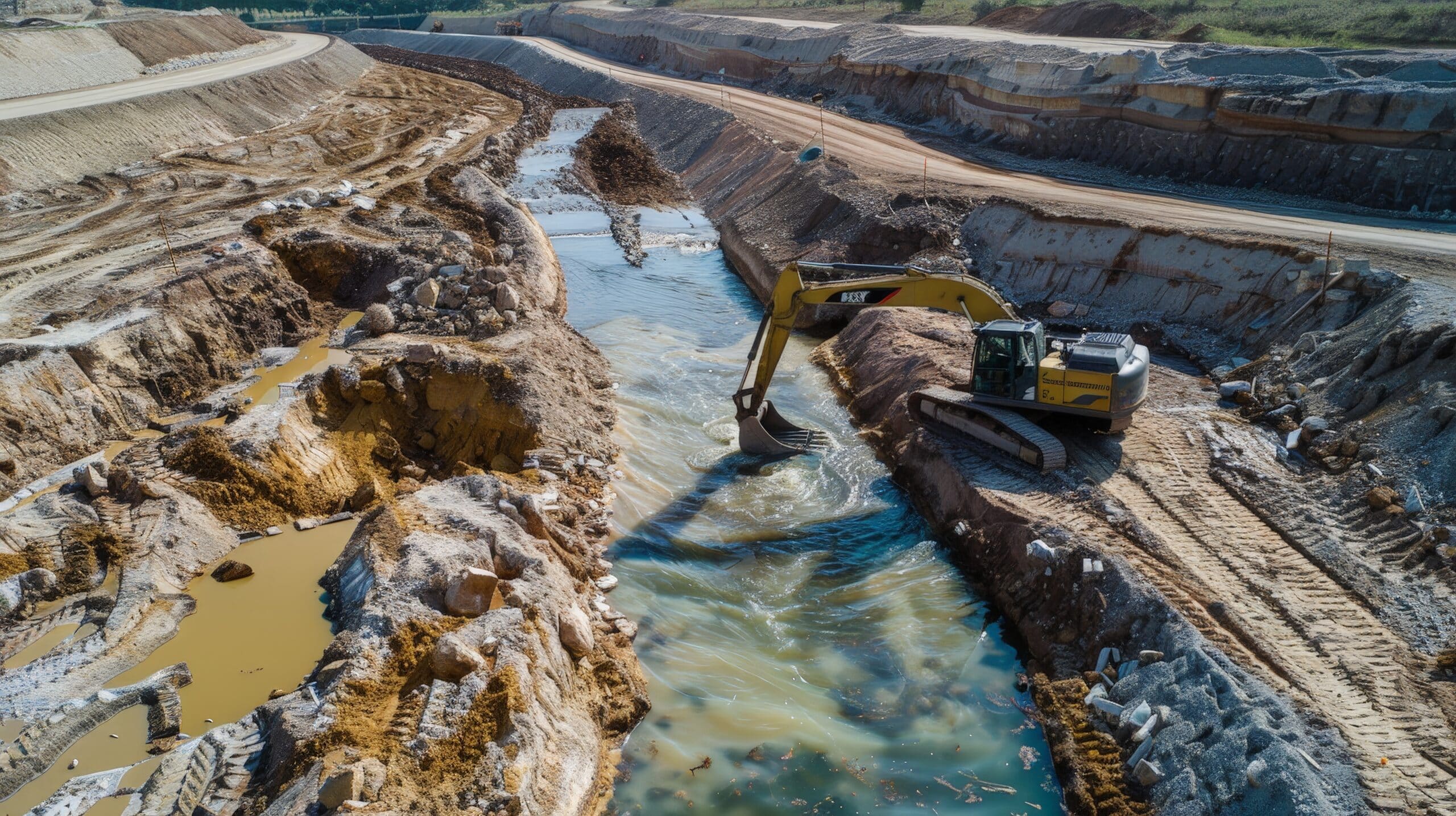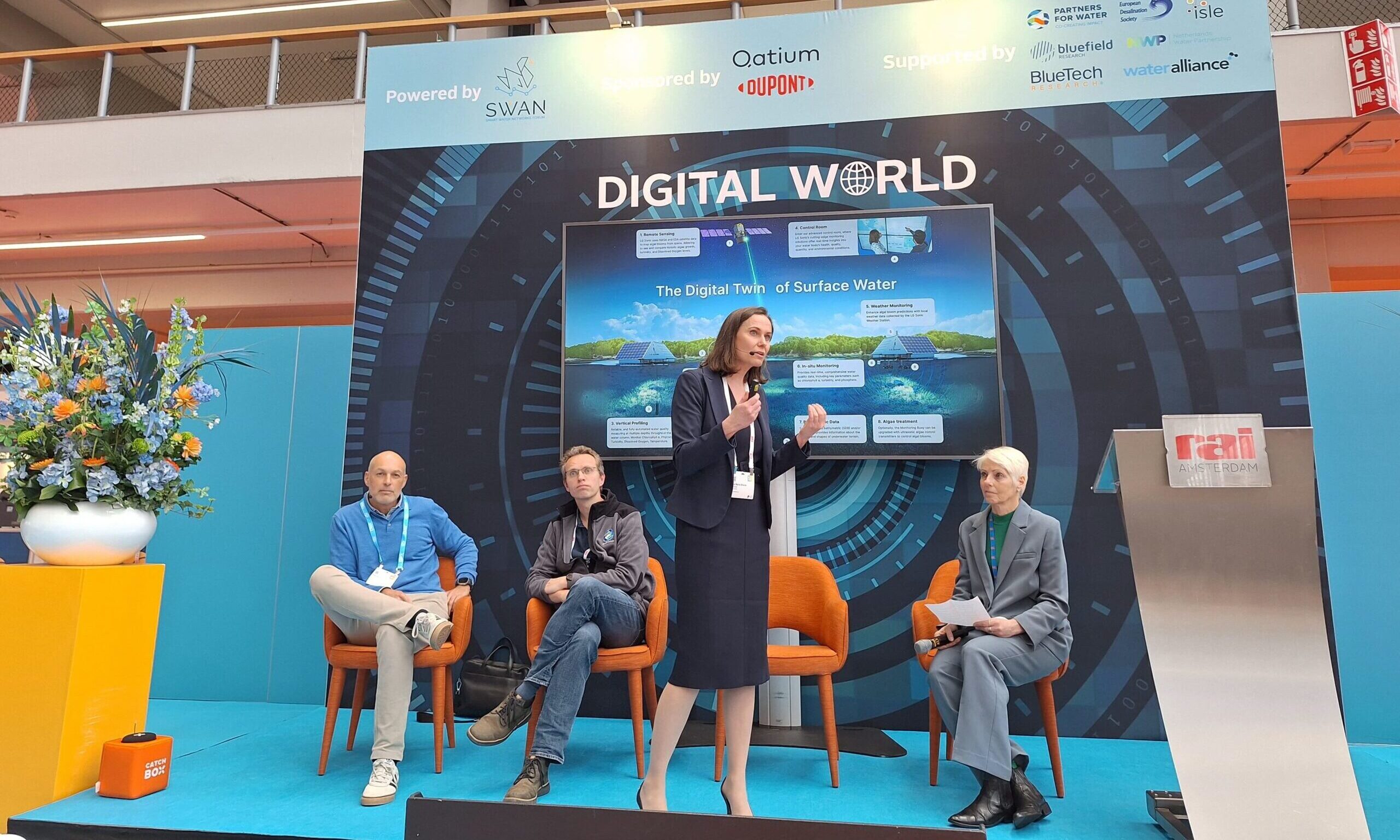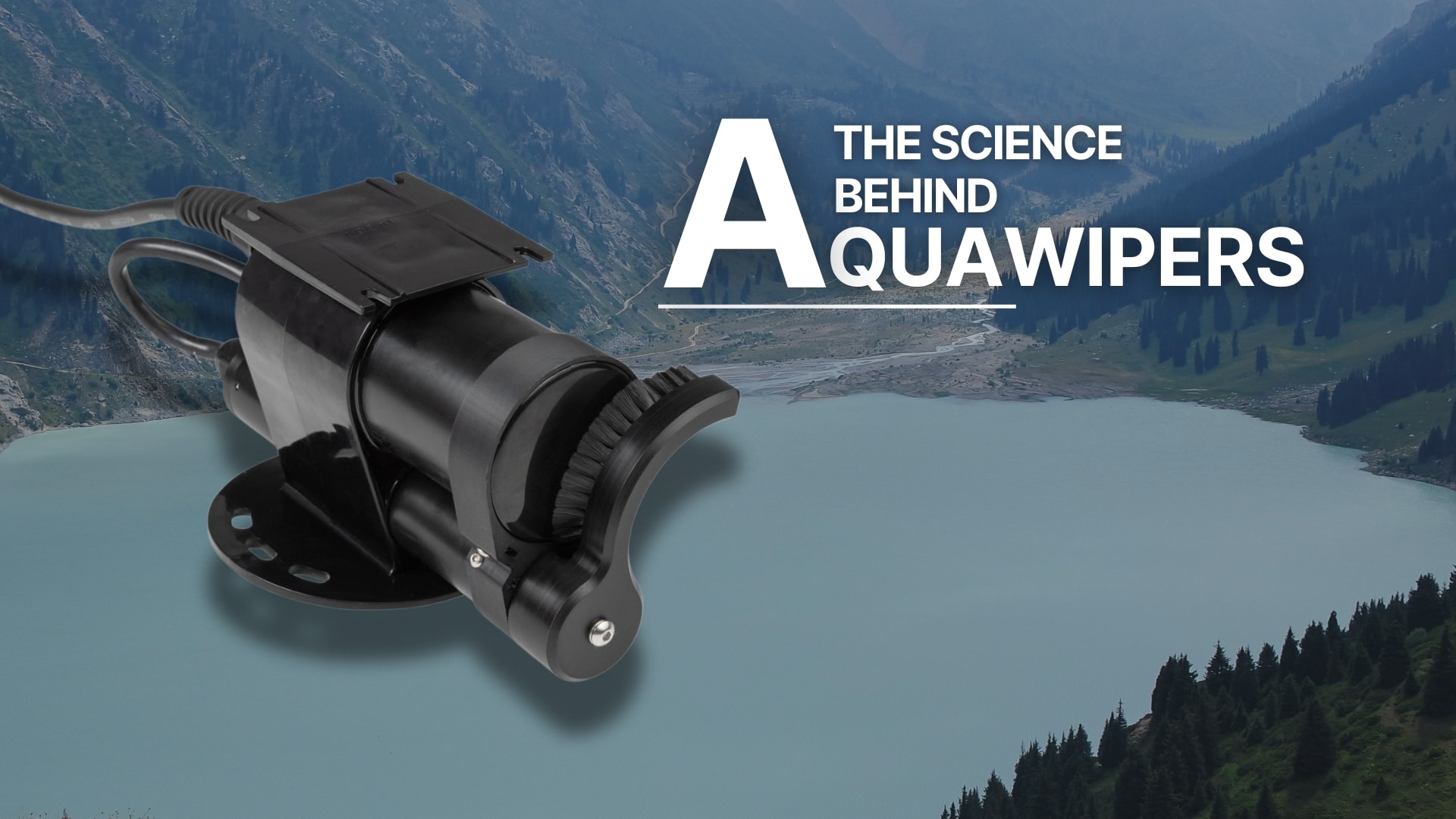Improve quality in used and treated water
Uncontrolled algal growth in water bodies can lead to high levels of pH, BOD and TSS, making the extraction process, wastewater treatment and its disposal difficult.
Treating algal blooms and monitoring water quality with LG Sonic technology improves water parameters, reduces further costs and productivity impacts, and prevents equipment clogging with minimal maintenance.
Talk to an expert
Benefits of ultrasonic algae treatment
Lower chemical expenses
Improve operations of filters and pipes
Prevent toxic algal blooms

Algae problems in the oil & gas industry
- Low-power ultrasound, no cavitation
- No release of algal toxins
- 100% safe for the environment
Managing water is vital in the daily operations, as it is used in all stages: development, extraction, and processing.
Due to sourcing limitations and required parameters of treated water, efficient solutions are key for water monitoring and control the problems caused by algal blooms, which are relatively common in prolonged water stagnation and warm and nutrient-rich waters.
MPC-Buoy
All-in-one solution for controlling algae in drinking water reservoirs.

Questions?
Receive more information and a free quotation.
keep your knowledge up to date

83% of Lakes Face Oxygen Decline, Heat Waves to Blame
Read More
From Drain to Gain: Reinventing Water Use in Mining Industry
Read More
Cutting Power Generation Costs with Algae-Free Systems
Read More
Dutch King and Queen Visit Kenya to Strengthen Water and Climate Ties
Read More
LG Sonic at Aquatech Amsterdam 2025
Read More
The Future of Wastewater Management with Smart Technology
Read More
How Algae-Free Waterbodies Boost Agricultural Productivity
Read More
LG Sonic at PAWD 2025: Collaborating for a Sustainable Water Future
Read More
AquaWiper: No Biofouling, No Downtime and No Manual Cleaning
Read MoreFrequently asked questions
-
What is the impact of LG Sonic ultrasound on zooplankton?
Recent studies commissioned by the Dutch water board and conducted by research agency Ecofide have concluded that the LG Sonic ultrasound is safe for fish, plants, zooplankton, and other aquatic organisms.
-
Why control the algae if nutrients are the problem?
Reducing nutrients is, of course, also necessary but difficult to achieve, even in the long-term. The majority of nutrient management methods are costly and require frequent dosing with unknown side-effects for the aquatic ecosystem. Besides, the duration and intensity of algal bloom events is strongly depended not only on nutrients but also on a combination of environmental factors, such as climate change, weather patterns, and an unbalanced ecosystem.
-
What kind of water does your ultrasound work in?
The MPC-Buoy technology can be installed in freshwater, salt water, and brackish water.
-
What’s the largest water body that has LG Sonic implemented? Any issues linking many buoys?
We have multiple projects with large numbers of MPC-Buoy units installed. For example, in Dominican Republic, 50 MPC-Buoys are in operation in a 7km2 reservoir. The buoys communicate with each other for optimal treatment.
-
What's the minimum depth of water required for LG Sonic treatment?
We recommend a minimum water depth of 3 feet / 1 meter.









